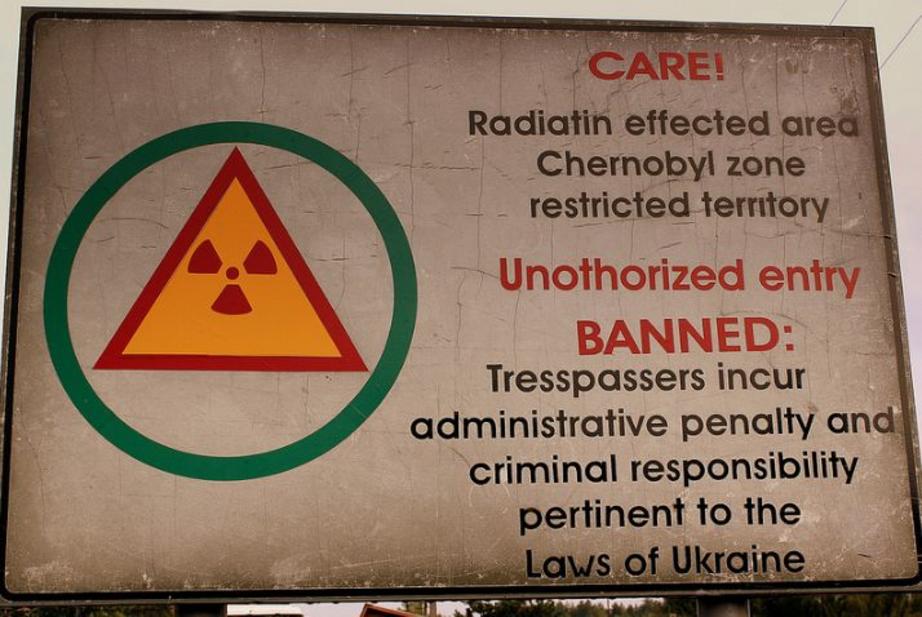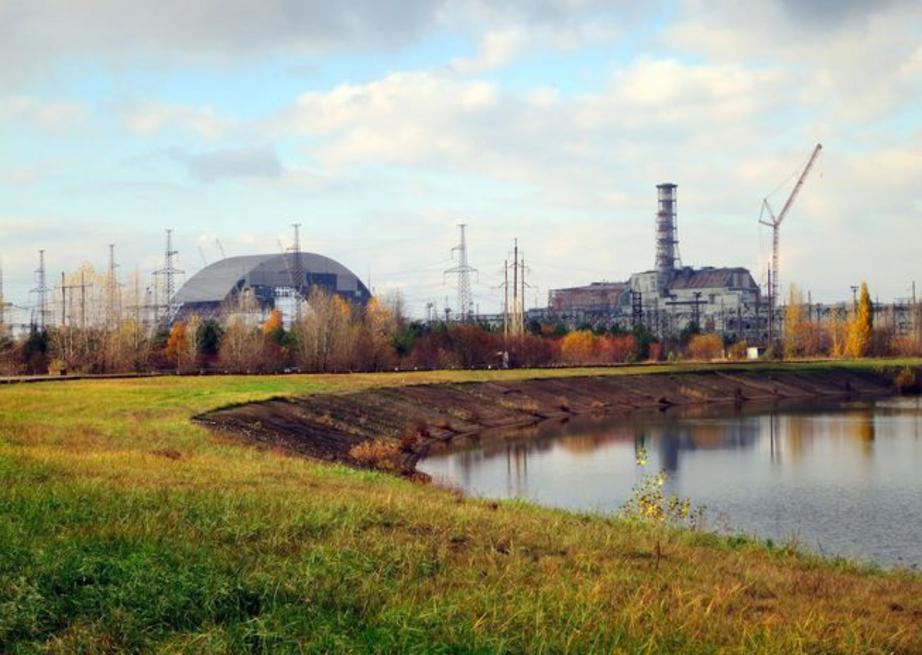Chernobyl will shine again as a solar farm
If you can't harvest crops, why not harvest the sun?
On April 26, 1986, a dark cloud was cast upon the autonomous city of Pripyat and Chernobyl Raion, a now-vanquished administrative district just south of the Ukraine-Belarus border.
While that figurative darkness will likely never fully dissipate, the sun itself has never stopped shining on the 1,000-square-mile area known as the Chernobyl Exclusion Zone. And now, 30 years after one of the worst nuclear power plant accidents in history transformed a huge swath of north-central Ukraine and beyond into a radioactive wasteland, the Ukrainian government wants to take advantage of that abundant sunshine and transform it into a source of clean energy.
One of the world's largest solar farms
That’s right — a Ukrainian-German company is building a solar farm at Chernobyl — 100 meters away from the dome that houses the nuclear power plant's reactor. The facility will stand as one of the world’s largest solar farms with 3,800 panels initially, a clean energy powerhouse that, as reported by The Guardian, would be capable of generating almost a third of the electricity generated by the Chernobyl Nuclear Power Plant when it was operational. Construction began in December 2017 and is scheduled to be completed sometime in early 2018.
You see, there’s not much that can be done with the land that falls within the exclusion zone. It can’t be used for agricultural purposes due to soil contamination, and reestablishing housing in the area is out of the question for obvious reasons. Today, the exclusion zone mostly functions as an accidental nature preserve with a rather robust disaster tourism industry.
With so much land and so few options for reinvention, the Ukrainian government has identified 6,000 hectares (roughly 15,000 acres) within the Chernobyl Exclusion Zone that can potentially be used to produce electricity once again. The proposed solar farm would generate up to 1,000 megawatts of renewable energy while other renewable energy projects on the forsaken site would produce an additional 400 megawatts. Considering that the four Soviet-era nuclear reactors at Chernobyl had an installed capacity of 4,000 megawatts, this would be a smaller yet still significant operation.

The Chernobyl Exclusion Zone isn't an obvious location for a solar farm. But when you think about it, this second chance does make perfect sense. (Photo: calflier001/flickr)
As the Guardian explains, there are distinct advantages to building a solar farm within the Chernobyl Exclusion Zone. For one, there’s obviously available real estate — and a lot of it. Secondly, there’s already electrical grid infrastructure in the area, high-voltage power lines included.
Strong sunshine=renewable energy
However, the most beneficial aspect to creating a renewable energy facility on the footprint of this notorious nuclear disaster site is an abundance of strong sunshine. The area, despite its forbidding reputation, is blessed with sunshine comparable to southern Germany, one of the foremost solar energy-producing regions in the world.
“The Chernobyl site has really good potential for renewable energy,” Ukraine’s environment minister Ostap Semerak explained during a news conference held in London. “We already have high-voltage transmission lines that were previously used for the nuclear stations, the land is very cheap and we have many people trained to work at power plants.”
“We have normal European priorities, which means having the best standards with the environment and clean energy ambitions,” added Semerak noting that the government is in talks with two American investment firms and four Canadian energy companies, all of which have expressed interest in potentially transforming a section of the world's most notorious nuclear disaster sites into a renewable energy facility. There’s also a chance that the European Bank for Reconstruction & Development (EBRD), which has already invested millions into cleanup efforts at Chernobyl, could also step in to help.
A high-profile pivot toward clean, renewable energy would help the Ukraine lessen its reliance on Russian resources and potentially take some pressure off its four remaining nuclear power facilities (15 reactors in total), which supply the nation with nearly half of its electricity needs.
Ukraine still relies on nuclear power
Unlike Japan, which aggressively embraced renewable energy following 2011’s tsunami-triggered Fukushima Daiichi disaster and has been cautious in bringing its nuclear facilities back online, the Ukraine remained reliant on nuclear in the wake of the Chernobyl catastrophe. Today, the Ukraine, home to Europe’s largest nuclear facility, is one of the top 10 nuclear energy producers in the world. Only France boasts a higher percentage share of domestically produced electricity sourced from nuclear power plants.
While plans to build additional nuclear facilities across the Ukraine will still likely move forward, it would appear that long-ignored solar power has, at long last, taken a seat at the proverbial table.
How can workers safely build the farm?
While the site for the Ukraine’s massive solar farm has a lot going for it, and the country’s shift toward clean, renewable domestic energy production is encouraging, there are unique challenges that come with harvesting the power of the sun on a swath of land where nothing else can be harvested.
These challenges most revolve around the human labor required to construct the solar farm. Worker shifts will likely be dramatically shorter than constructing a solar facility on a “normal” site as to limit exposure to radiation. Will those constructing and eventually maintaining the solar farm, similar to the several thousands people working within the exclusion zone on ongoing cleanup and decommissioning efforts, be required to wear full radiation suits?
Most likely, yes.
However, the Ukrainian government is pointing north to Belarus — the "silent victim of Chernobyl" — to show that photovoltaic arrays can be installed in an area ruined by nuclear fallout. Just 20 or so miles from Chernobyl in an area that was highly contaminated during the 1986 disaster, work is successfully underway on a 22.3-megawatt Belarusian solar facility.

In terms of redevelopment, not much can be done on a nuclear contamination zone roughly the size of Luxembourg — but renewables offer a whole new slate of possibilities. (Photo: Stefan Krasowski/flickr)
